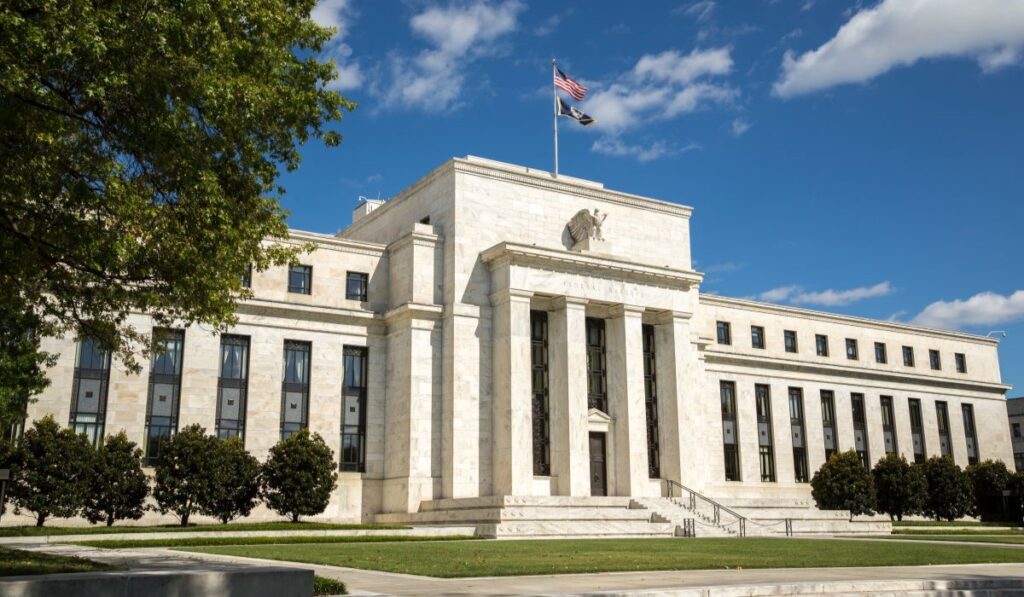this United States Federal Reserve It won’t focus on interest rates until the labor market collapses, and until that happens it will keep financial conditions as tight as possible – which has been my theme since 2022. Let people start talking about a possible recession: 4.3% unemployment rate.
Now, historically, this has been a lower unemployment rate, but it has risen from a recent low of 3.5%. Of course, we’re not losing jobs and we’re not in negative GDP, but there’s growing talk that the Fed is behind the curve, especially since they chose not to cut interest rates at this week’s meeting. So, has the labor market really collapsed? Let’s take a look at all the data.
Initial jobless claims data
If the United States is to experience a traditional unemployment recession, where people lose their jobs, negative GDP growth, and a general contraction in economic activity, I think the number of jobless claims would have to exceed 323,000 based on the four-week moving average. That hasn’t happened yet, but unemployment claims have been rising for a while, and we’re slowly rising. That’s what’s important to keep an eye on, and it’s a great stat line that comes out every Thursday morning.
As more people lose their jobs, we will see more people filing for unemployment benefits. For some people who are lucky enough to have generous severance packages, the urgency to file may not exist, but if we do have a jobless surge, jobless claims will be higher. Currently, these claims are slowly moving higher.
Vacancies
from U.S. Bureau of Labor Statistics: The Bureau of Labor Statistics reported today that the number of job openings on the last working day of June remained unchanged at 8.2 million. This month, either the number of people employed or the total number of people
One of the Fed’s favorite data is job openings data – this tells them whether the labor supply is balanced. They didn’t like the 12 million job openings because it would drive wages up too quickly, but it’s now down about 4 million, to 8 million now, which seems to be an acceptable level for them.
The job openings report includes data lines such as hiring and separations, both of which are at pre-COVID-19 levels. I believe the Fed is happy with the current level of job openings because they often say the labor market supply is now more balanced.
U.S. Bureau of Labor Statistics Employment Report
From the Bureau of Labor Statistics: The U.S. Bureau of Labor Statistics reported today that the unemployment rate rose to 4.3% in July and non-farm employment increased slightly by 114,000. Employment continues to rise in industries such as health care, construction, transportation and warehousing, while the information industry has lost jobs.
The unemployment rate rose to 4.3%; how is this possible when there are no job losses every month? The labor force is about 1.3 million larger than a year ago. Now, the 114,000 jobs created need to be factored into the estimate. Some would say the recent hurricanes impacted the data; some would say the recent hurricanes impacted the data. Even if this is true, trends are your friend. Currently, the rise in unemployment can be attributed to this.
Here are the details from the jobs report: Construction employment is still increasing, which is critical to the timing of the economic cycle. Traditionally, we think of this industry as significantly losing jobs before every recession, but that hasn’t happened yet.
salary growth
Wage growth is also slowing. The Fed is concerned that Americans are making too much money, so they are strictly targeting wage growth. I set a target level for them: I think they want to see salary growth of 3%. Salary growth peaked at 5.9% in March 2022 and is up 3.60% annually today, so it’s getting closer to my goal. When it is lower than 3.5% we can start counting down.
Conclusion
For months we have been talking about the labor market getting softer, which is what the Fed wants. Softening and breaking are two different things. I know a lot of people are frustrated that the Fed is too tight, but that’s their entire plan from the end of 2022. They’re targeting the labor market so they can gain confidence when they cut rates, and the dual mandate of lowering rates will give them confidence. They cover. As we saw last week, the 10-year Treasury yield was lower, closing at 3.79%, and mortgage rates are at year lows. The Fed may be slow to move, but the bond market is not. I’m going to be looking more and more at labor data now because that’s how we get lower rates over time.

